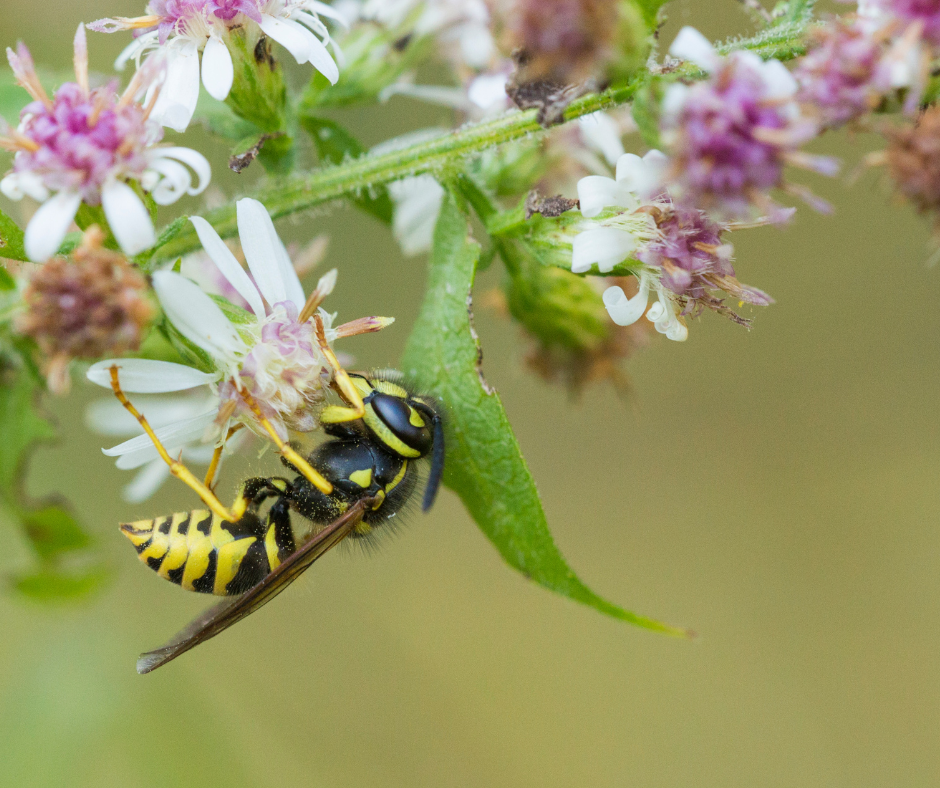Summer in Canada is eagerly anticipated, bringing sunny days, blue skies, and warm temperatures.
However, it's also the time when unwelcome pests and insects make their appearance. Due to a milder winter and the effects of climate change, many pests have survived through the colder months, leading to increased populations in the summer. Additionally, summer is their mating season, further boosting their numbers.
Thankfully Orkin Canada has put together a comprehensive list of the top ten pests expected to trend this summer and some valuable tips on how to keep them away.
Top Pests to Watch Out For:
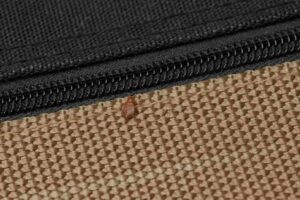
1. Bed Bugs: With many Canadians set to travel abroad this summer and many social events, barbecues, and large events where people congregate–which tend to be where bed bugs can be found–there's an increasing risk of bed bugs and high infestation rates in our cities. These blood-feeding insects, active at night, can cause irritating bites, and secondary infections, and quickly multiply, affecting health, and sleep.
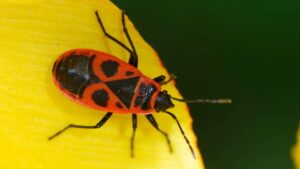
2. European Firebugs: The European firebug, resembling the boxelder bug, has been spreading across Canada, congregating in warm spots and emerging in large numbers. Though they don't transmit pathogens or damage structures, their sheer numbers and pheromone emissions can be a significant nuisance.
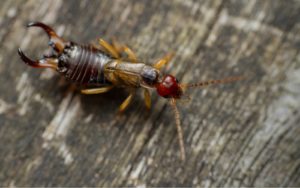
3. Earwigs: The mild winter has allowed earwig eggs and adults to survive, and the summer's moisture and humidity provide ideal conditions for them to thrive on decaying organic matter. These pests can damage crops and gardens, and during hot, dry weather, they often seek shelter indoors, including in houses, sheds, and garages.
4. Tuxedo Bugs & Elm Seed Bugs: Tuxedo bugs and elm seed bugs, first spotted in British Columbia in 2016, are invasive species growing in population across Canada. While they don't bite or harm people, their massive migrations and tendency to enter homes in large groups during both winter and summer make them a significant nuisance.
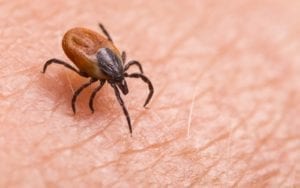
5. Ticks: Due to the milder winter, tick populations have increased and are spreading across Canada, even in northern provinces and the Prairies. With more wildlife surviving, ticks have ample food sources, enabling their expansion. Ticks, including black-legged ticks, carry bacteria and viruses that can cause serious illnesses like Lyme disease, which affects the central nervous system and can lead to severe symptoms such as fatigue and muscle function loss.
6. European Fire Ants: The invasive European fire ant, distinct from the European firebug, has been a growing concern across Canadian provinces. Their painful stings can cause irritation, infections, and allergic reactions in some individuals, posing challenges for outdoor spaces and potentially leading to significant costs for property repairs.
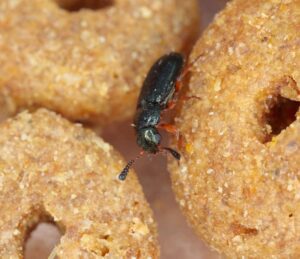
7. Red-Legged Ham Beetles: The red-legged ham beetle, a stored product insect pest, has become a significant threat to the pet food industry in Canada, as it feeds on various animal protein sources commonly found in packaged pet food. Its unique behaviour of burrowing into paper packing makes detection challenging, potentially leading to gastrointestinal issues if ingested by pets, which is concerning for both owners and their pets.
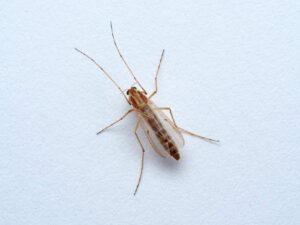
8. Midges: Midges have made a significant return this year due to favourable breeding conditions like milder winters and ample water sources, leading to a larger population. Their life cycle, feeding on plants and hatching in water before emerging in sunlight, peaks during the summer months, making them a notable pest.
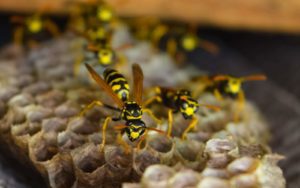
9. Wasps: Surviving overwintering queens and early emergence due to milder temperatures have accelerated wasp populations, extending their presence from summer into fall. Unlike bees, their territorial behaviour and ability to sting multiple times can cause pain, swelling, and potential allergic reactions.
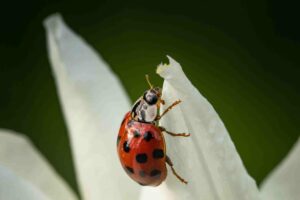
10. Lady Bugs: Ladybugs are emerging as a trending pest this year, posing challenges for homeowners as they move indoors to overwinter and then transition outdoors with warmer temperatures. The mild winter has led to a larger population, with late summer and fall seeing an increase in their presence in houses, potentially leading to indoor infestations.

Prevention Tips to Keep Pests Away:
- Clean up spills and crumbs promptly.
- Eliminate water leaks and fix moisture problems.
- Store food in tightly sealed containers.
- Seal cracks and openings in walls, floors, and foundations.
- Trim back vegetation and keep the landscape well-maintained.
- Remove wood debris and clutter from your property.
- Keep doors and windows closed.
- Use screens on windows and doors.
- Eliminate standing water sources.
- Wear insect repellent and protective clothing.
With the summer season approaching, it's crucial to be prepared and take preventive measures against common pests. By implementing these tips, you can enjoy a pest-free environment at home or work. Stay vigilant, address moisture issues, and maintain cleanliness to keep pests at bay.

